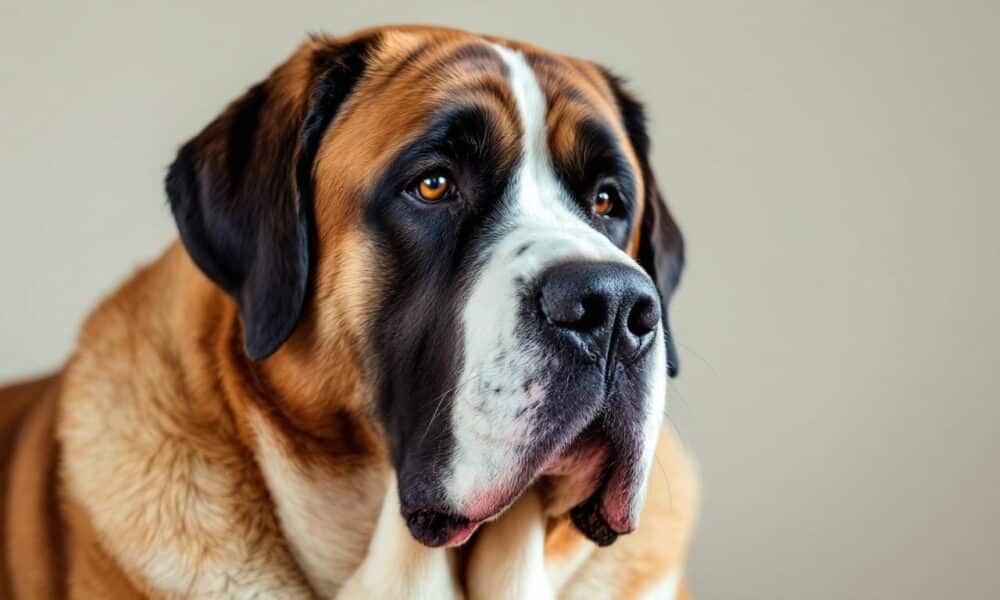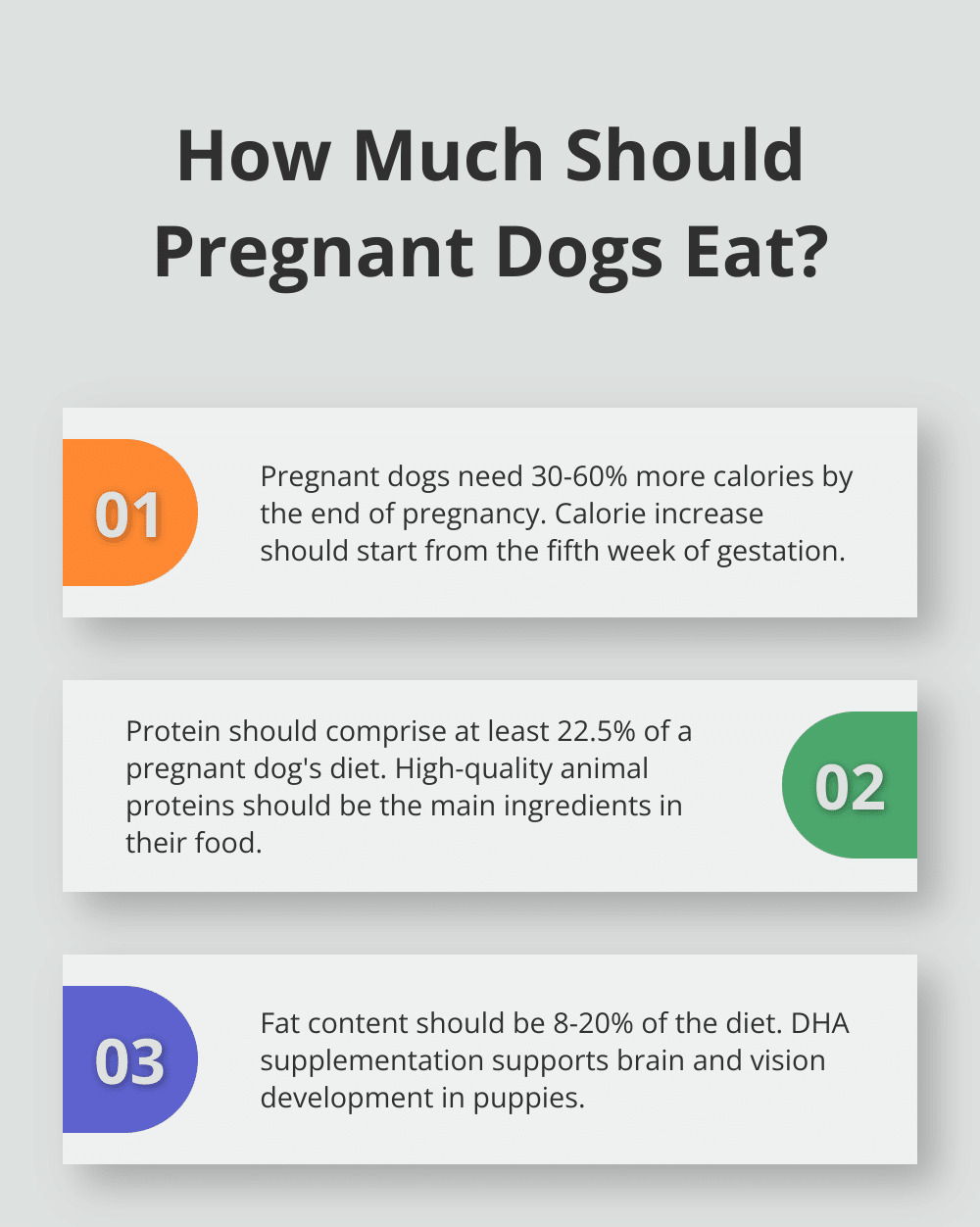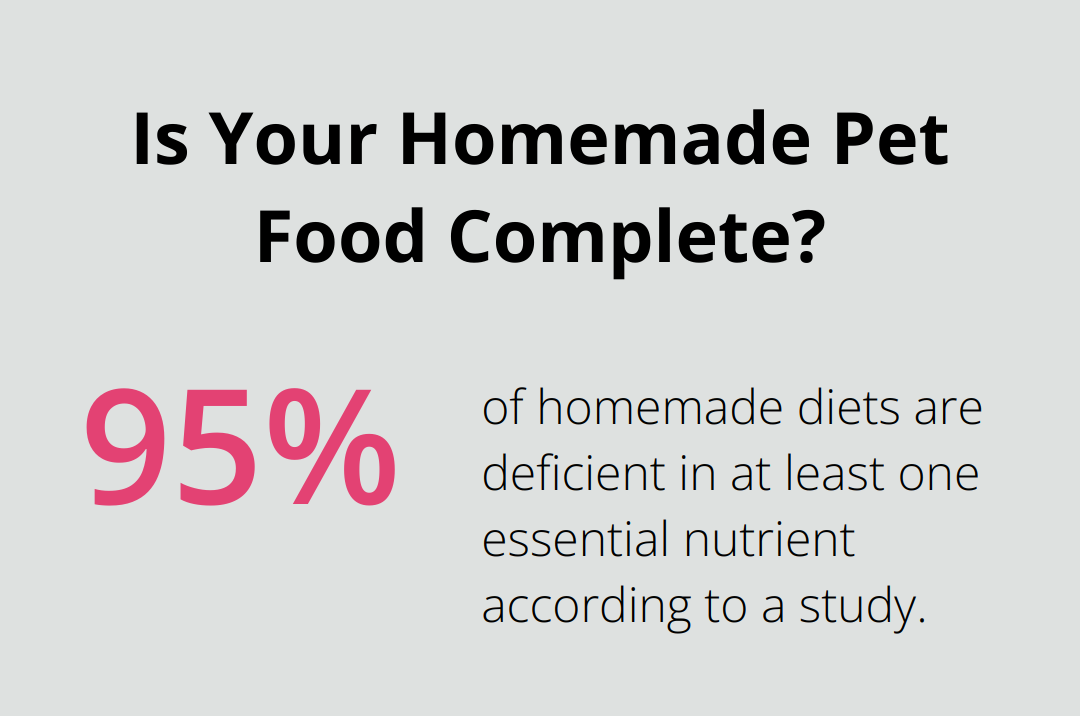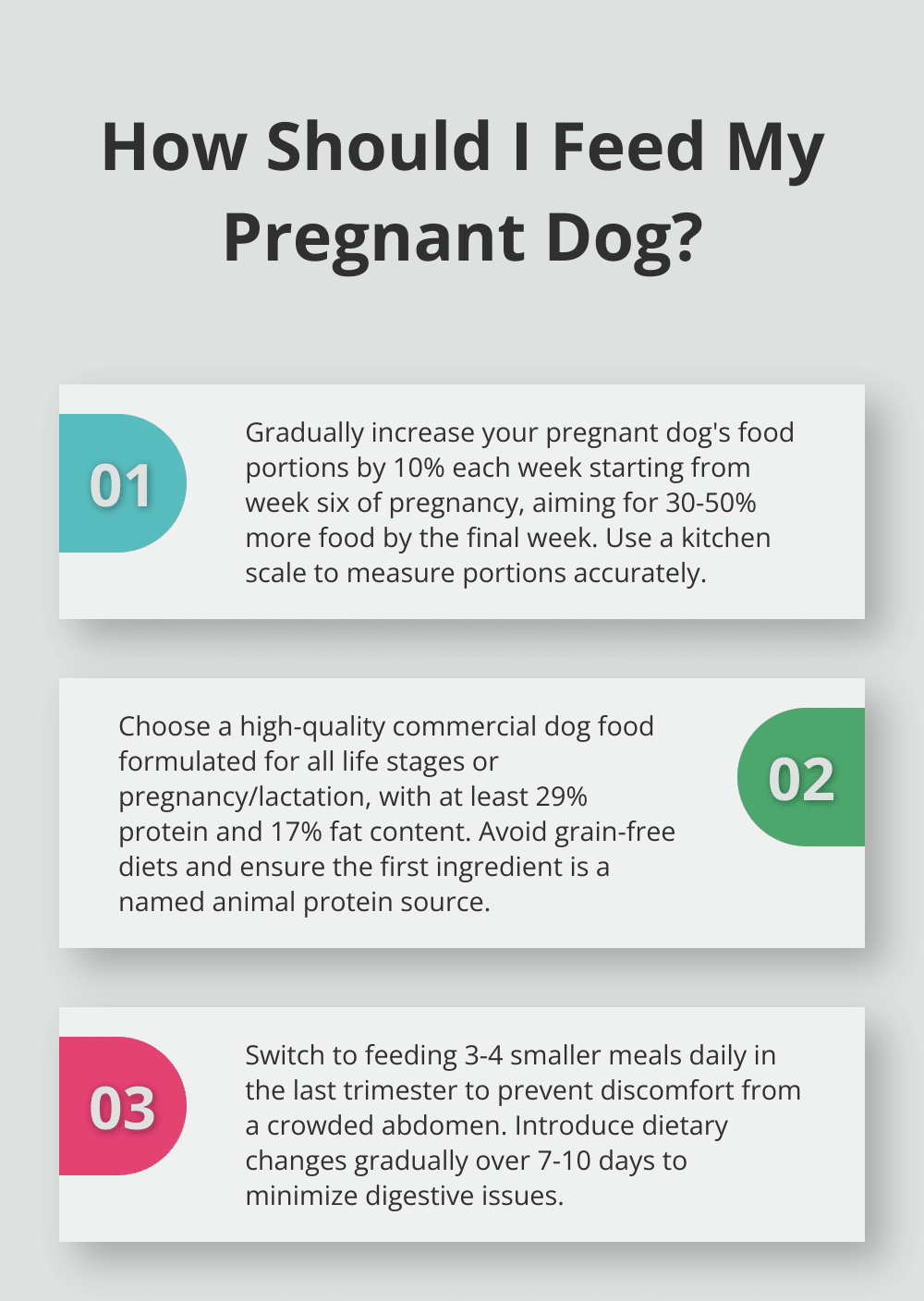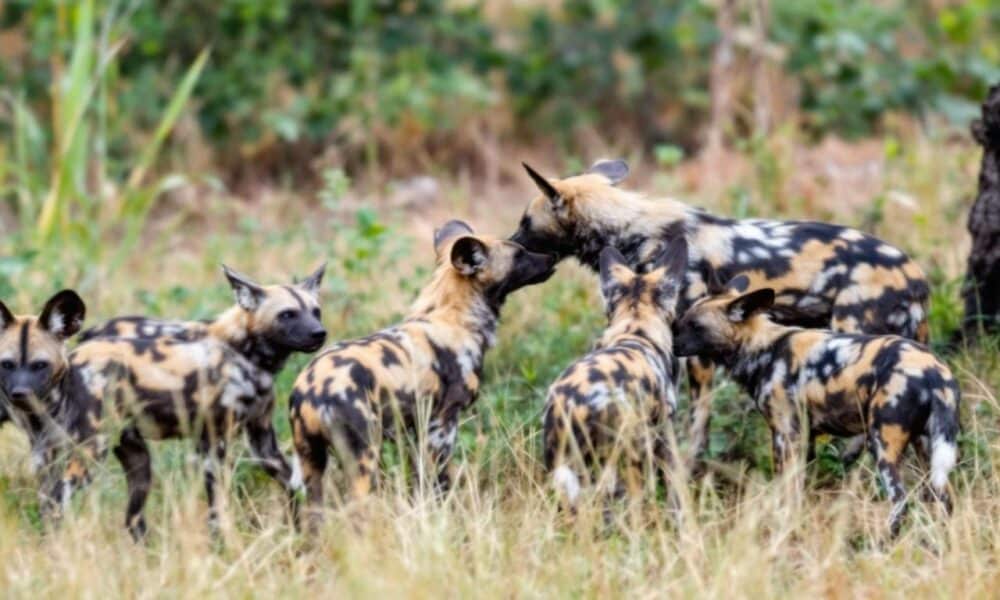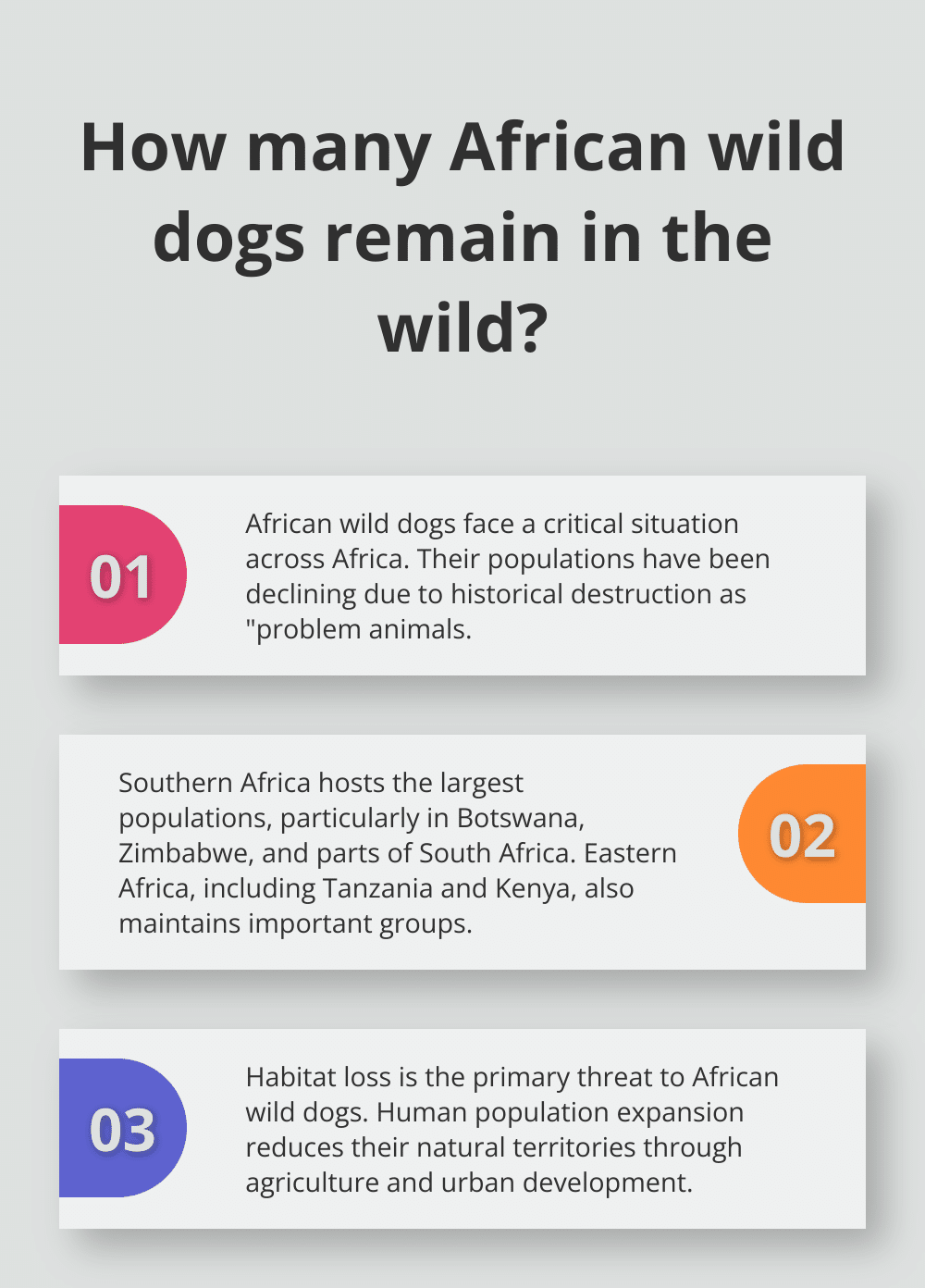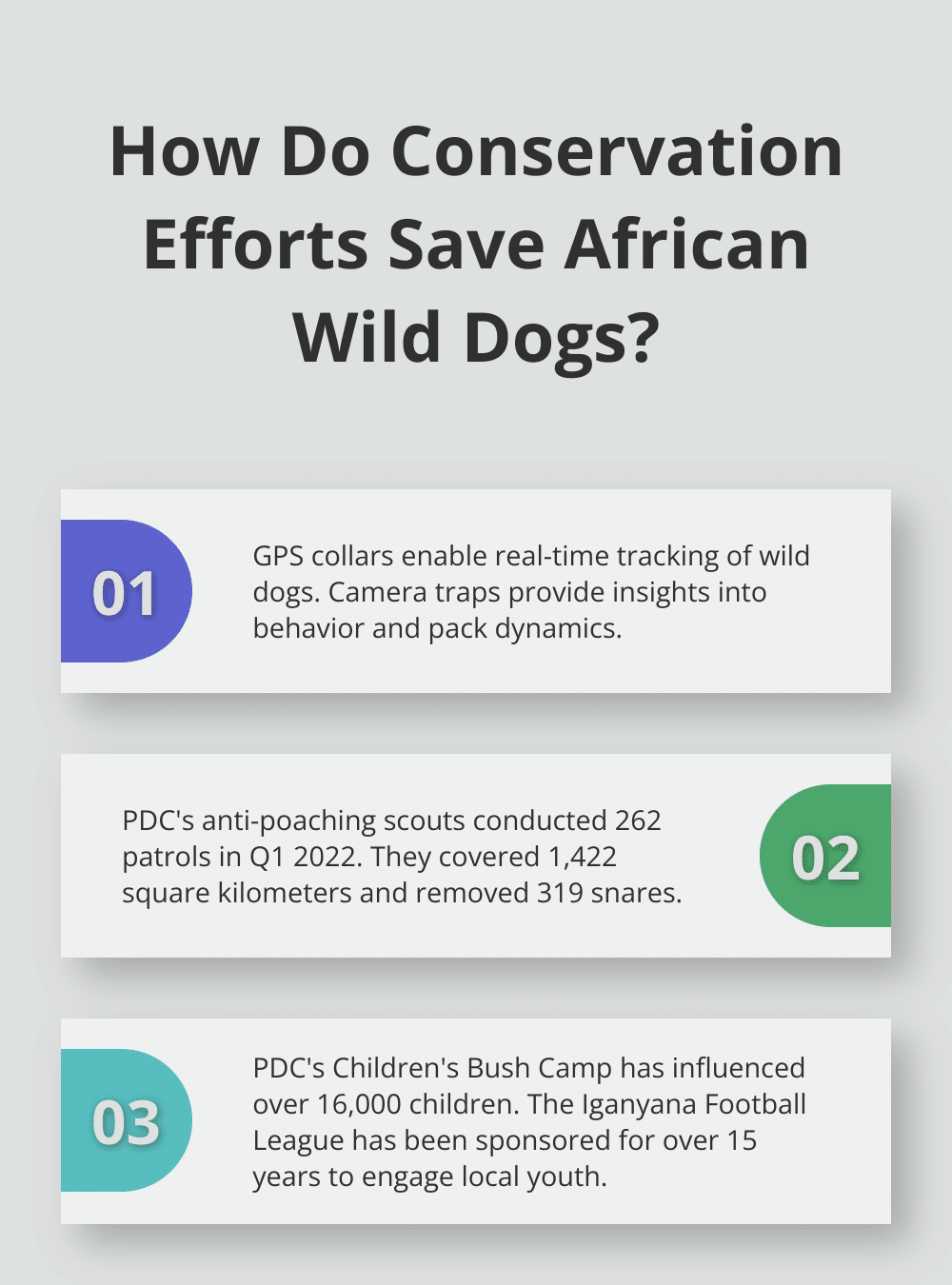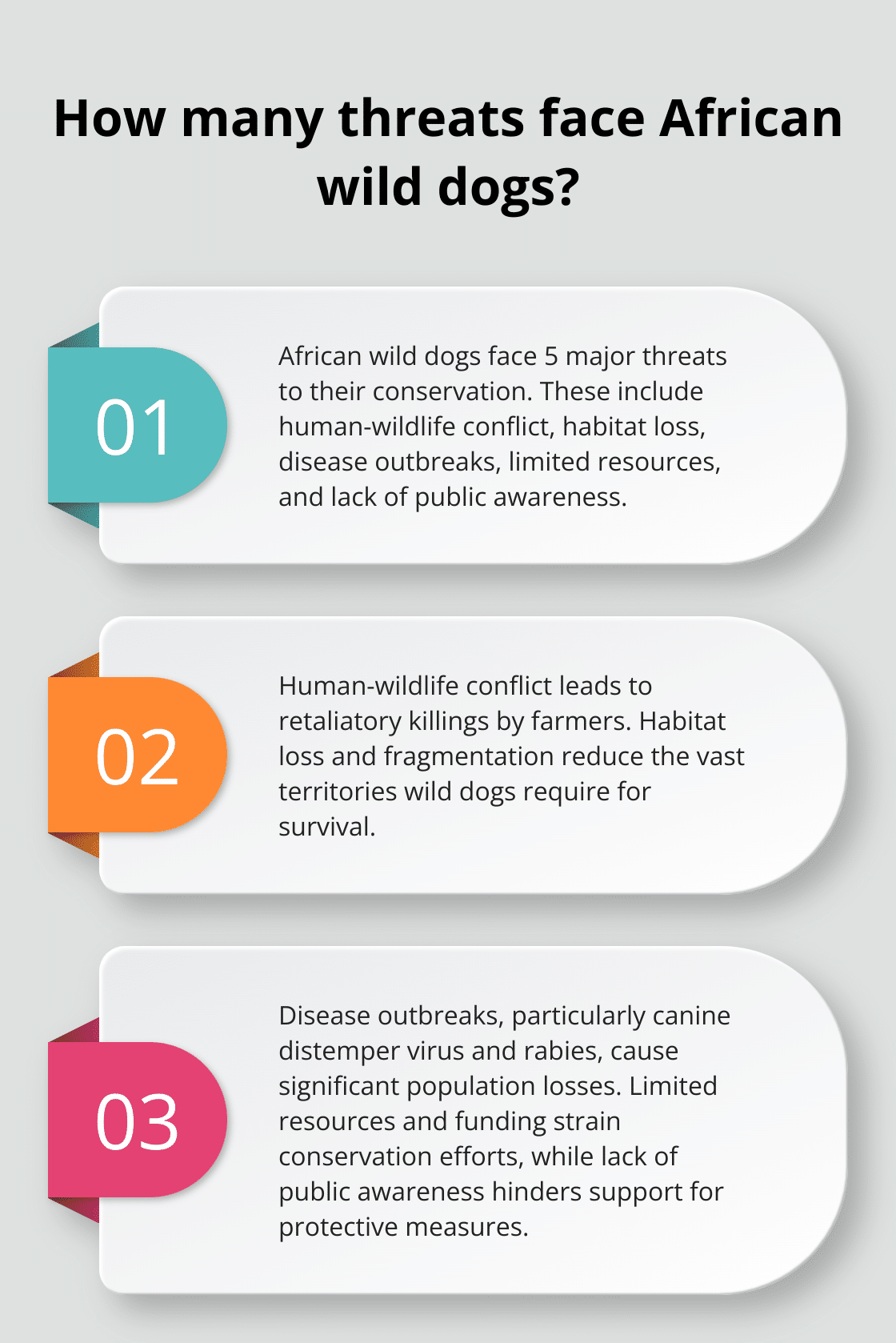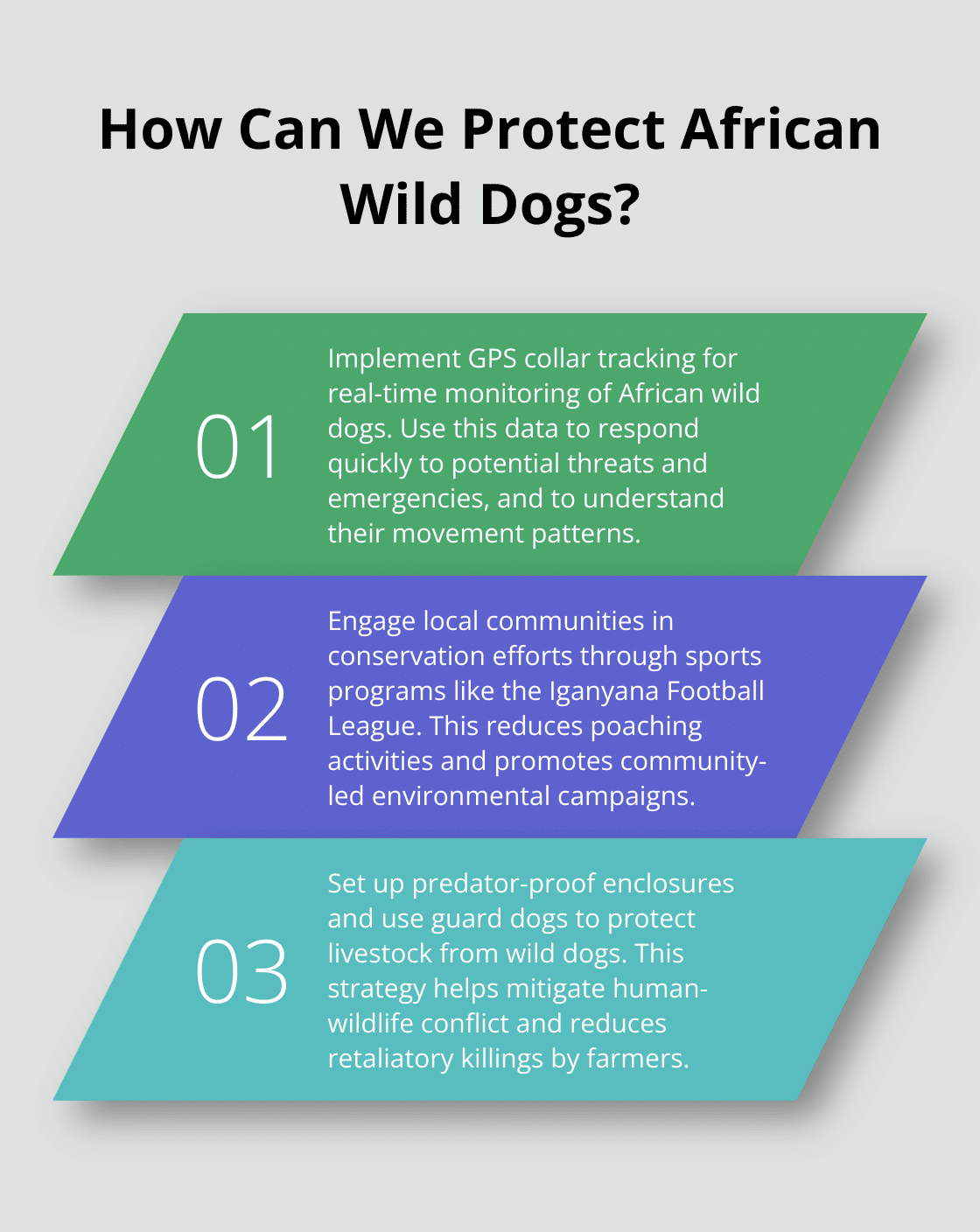Large dog breeds can bring immense joy and companionship to our lives. However, adopting these gentle giants comes with unique considerations.
At DogingtonPost, we’ve seen many families successfully welcome large dogs into their homes. This guide will help you navigate the important factors to consider when adopting large dog breeds, ensuring a happy and healthy life for both you and your new furry friend.
Popular Large Dog Breeds
Large dog breeds have captured the hearts of many dog lovers. Their size, loyalty, and often gentle nature make them excellent companions for the right families. Let’s explore some of the most popular large dog breeds and what makes them stand out.
German Shepherd: The Versatile Protector
German Shepherds are known for their intelligence and versatility. Originally bred as herding dogs, they’ve become popular in various roles, including police and military work. These dogs are fiercely loyal and protect their families. They need consistent training and mental stimulation to thrive. The American Kennel Club reports that German Shepherds have consistently ranked in the top 3 most popular dog breeds in the United States for over a decade.
Labrador Retriever: The Family Favorite
Labrador Retrievers topped the American Kennel Club’s “Most Popular Dog Breed” list for 31 consecutive years until recently. Their friendly nature, intelligence, and adaptability make them ideal family pets. Labs love water and get along well with children and other pets. They excel in various activities, from hunting to therapy work. However, they need regular exercise to maintain their health and prevent obesity (a common issue in the breed).
Golden Retriever: The Gentle Soul
Golden Retrievers are renowned for their friendly and patient temperament. They’re excellent with children and make great therapy dogs. Like Labs, they’re intelligent and eager to please, which makes them relatively easy to train. Goldens shed quite a bit, so regular grooming is necessary. They also need plenty of exercise and mental stimulation to prevent boredom-related behaviors.
Great Dane: The Gentle Giant
Despite their imposing size, Great Danes are often called “gentle giants.” They’re known for their calm and friendly nature, making them surprisingly good apartment dogs (despite their size). However, their size does come with some health concerns. Great Danes are prone to bloat, a potentially life-threatening condition. They also have a shorter lifespan compared to many other breeds, typically living 7-10 years.
Rottweiler: The Loyal Guardian
Rottweilers are powerful dogs with a strong protective instinct. When properly trained and socialized, they can be calm and confident companions. Rottweilers found a new role in police and military work, where their strength, intelligence, and loyalty were highly valued. They require firm, consistent training from an early age. A study from the University of Veterinary Medicine in Vienna found that large dog breeds are better behaved and likely to be less aggressive than small breeds.
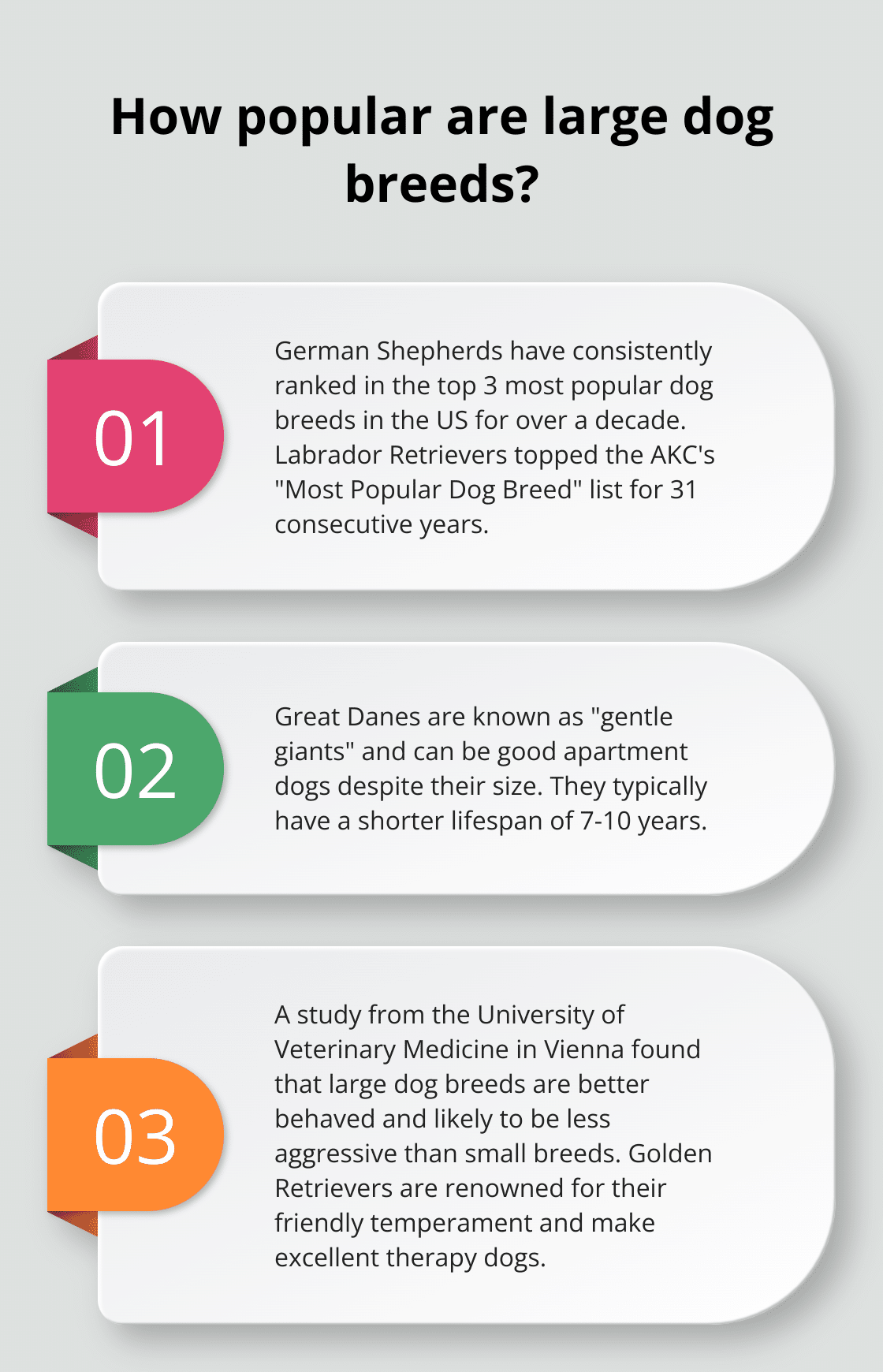
When you consider adopting any of these large breeds, it’s important to research their specific needs and characteristics. Each breed has unique traits that may or may not fit your lifestyle. While breed characteristics can give you a general idea of what to expect, every dog is an individual. Meeting a dog in person before making the decision to adopt is always a good idea.
Now that we’ve covered some popular large dog breeds, let’s move on to discuss the space and exercise requirements these magnificent and powerful canines need to thrive in their new homes.
Space and Exercise Needs for Large Dogs
Living Space Requirements
Large dog breeds need specific considerations for living spaces and exercise routines. Many people assume large dogs require sprawling yards, but this isn’t always true. However, they do need ample space to move comfortably and stay active.
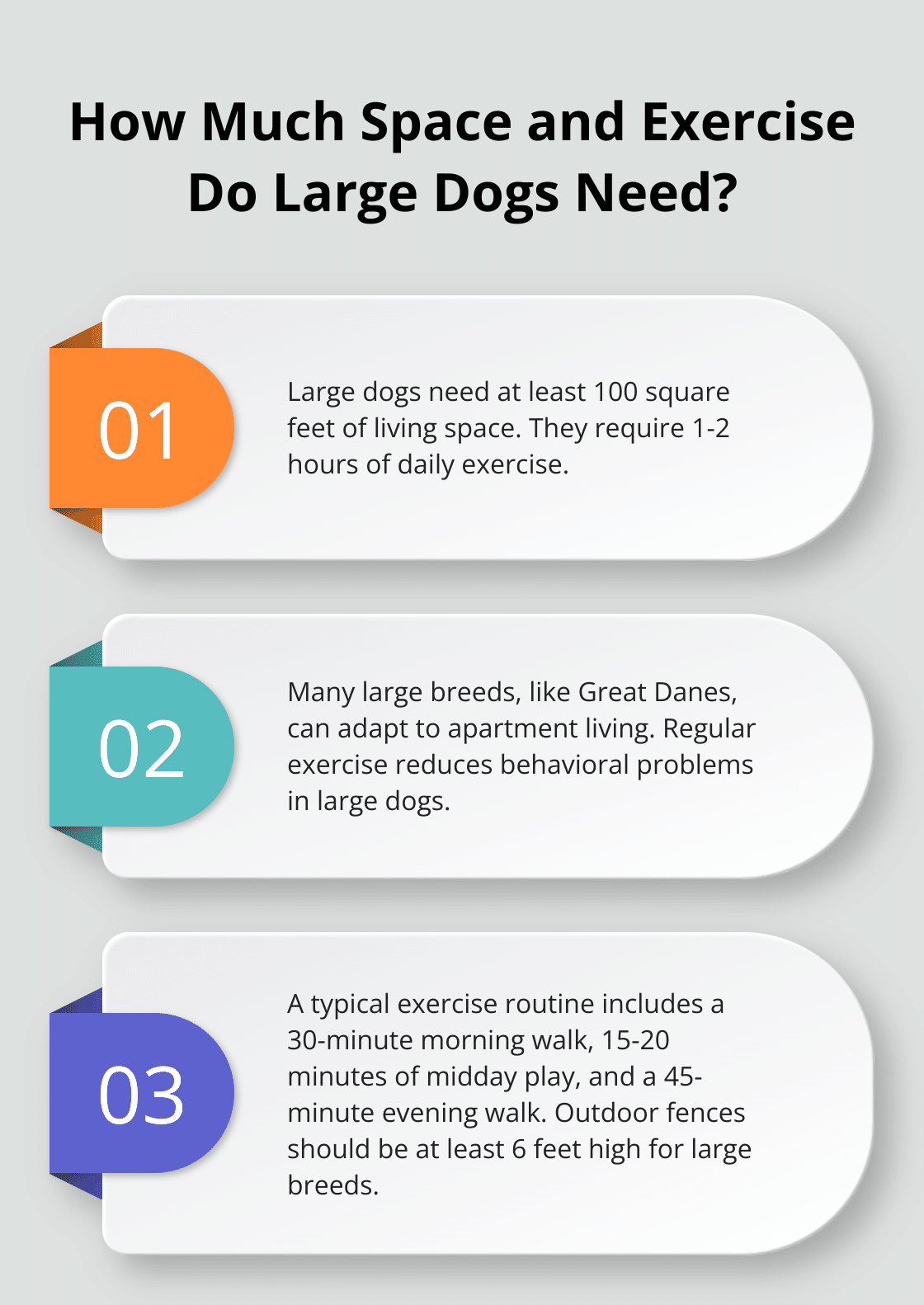
Contrary to popular belief, many large dogs can adapt well to apartment living. Great Danes, for example, are often called “apartment dogs” despite their size. The key is to provide enough indoor space for your dog to move around comfortably. A good rule of thumb is to ensure your large dog has at least 100 square feet of living space. This allows them to stretch out, play, and relax without feeling cramped.
If you live in a smaller space, rearrange furniture to create open areas for your dog. Remove low-lying obstacles and create clear pathways through your home. This not only gives your dog more room to move but also reduces the risk of accidents.
Exercise Routines
Large dogs typically need more exercise than their smaller counterparts. Most large breeds require at least 1-2 hours of exercise daily. You can break this up into multiple sessions throughout the day.
A study by the University of Liverpool found that dogs who receive regular exercise are less likely to exhibit behavioral problems. For large breeds, this is particularly important as their size can make unwanted behaviors more challenging to manage.
Here’s a sample exercise routine for a large dog:
- Morning: 30-minute walk or jog
- Midday: 15-20 minutes of fetch or playtime
- Evening: 45-minute walk or trip to the dog park
Adjust this routine based on your dog’s age, health, and energy levels. Senior dogs or those with health issues may need less intense exercise.
Outdoor Access Considerations
While a yard isn’t necessary for large dogs, it can certainly make exercise easier. If you have a yard, ensure it’s securely fenced. The fence should be at least 6 feet high for most large breeds to prevent jumping.
If you don’t have a yard, scout out nearby parks or open spaces where your dog can run off-leash safely. Many cities have designated dog parks which can be great for socialization and exercise.
Indoor Activities for Large Breeds
Even with outdoor exercise, it’s important to provide mental stimulation indoors. Large dogs can become destructive if bored, so incorporate these activities into your daily routine:
- Hide-and-seek with treats or toys
- Puzzle feeders to make mealtime more engaging
- Indoor obstacle courses using household items
- Training sessions to reinforce commands and teach new tricks
These activities not only provide mental stimulation but also strengthen the bond between you and your dog.
Large dogs have specific space and exercise needs, but with proper planning and commitment, they can thrive in various living situations. The key is to provide consistent exercise and mental stimulation. Now, let’s explore the health considerations that come with owning a large dog breed.
How to Keep Large Dogs Healthy
Common Health Issues
Large dog breeds face specific health challenges. Hip dysplasia affects up to 75% in mixed and pure breed dogs. This condition occurs when the hip joint doesn’t fit properly into the hip socket.
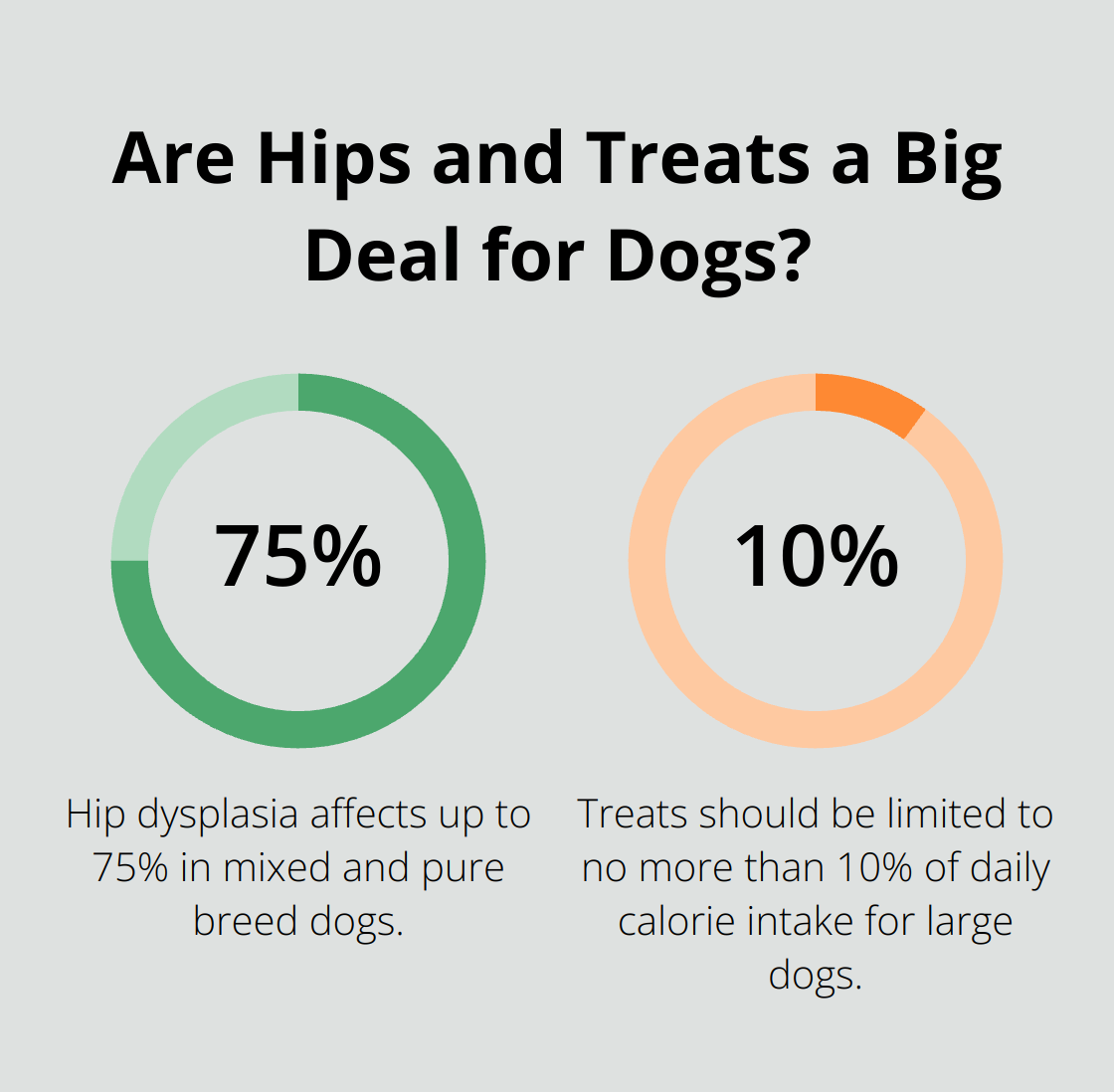
Bloat (gastric dilatation-volvulus or GDV) poses a life-threatening risk, especially for deep-chested breeds like Great Danes and German Shepherds. To reduce bloat risk, feed your dog smaller meals throughout the day instead of one large meal.
Arthritis often affects large breeds as they age. Regular, low-impact exercise and weight management can help prevent or control this condition.
Nutrition and Diet
Large dogs require a diet formulated specifically for their size to support rapid growth and prevent obesity. Choose foods with balanced calcium and phosphorus levels for healthy bone development.
Avoid overfeeding. Excess weight strains joints and can worsen conditions like hip dysplasia. Use a measuring cup to portion meals and limit treats to no more than 10% of daily calorie intake.
Some large breeds benefit from glucosamine and chondroitin supplements for joint health. Always consult a vet before starting any supplement regimen.
Preventive Care
Schedule regular vet check-ups for your large dog. Most vets recommend bi-annual visits for adult dogs and more frequent visits for puppies and seniors. These check-ups can detect potential health issues early.
Maintain vaccinations and parasite prevention. Large dogs often need higher doses of medications, so follow your vet’s recommendations closely.
Don’t overlook dental care. Daily tooth brushing and regular professional cleanings can prevent dental disease, which can lead to more serious health issues.
Exercise and Joint Health
Exercise caution with high-impact activities, especially for growing puppies. Avoid long runs on hard surfaces or excessive jumping until your dog’s growth plates close (usually around 18 months of age).
Swimming provides an excellent low-impact, full-body workout without stressing joints. Try adding joint supplements to your dog’s diet, especially as they age. Omega-3 fatty acids (found in fish oil) can help reduce inflammation and support joint health.
Regular massage and gentle stretching can benefit large dogs, particularly those prone to joint issues. Learn proper techniques from a canine massage therapist or your vet.
Every dog has unique nutritional needs in order to grow up and live healthily. That is why for large breed dogs, choosing the right diet is crucial for their overall health and well-being.
Final Thoughts
Large dog breeds adoption offers a rewarding experience with unique considerations. These gentle giants provide loyalty, protection, and companionship, but require specific care for their space, exercise, and health needs. Proper nutrition, regular vet check-ups, and preventive care ensure their longevity and quality of life.

Responsible ownership involves appropriate training, socialization, and mental stimulation for large breeds. It also includes financial preparedness for higher costs associated with food, supplies, and medical care. These magnificent animals have much love to give and can become cherished family members with the right care.
We at DogingtonPost believe that adopting a large dog breed can be an incredibly fulfilling experience with proper research and commitment. Large breeds excel as family pets, offering protection and affection while adapting to various lifestyles when properly trained. Their gentle nature with children (in most cases) makes them ideal companions for many households.

